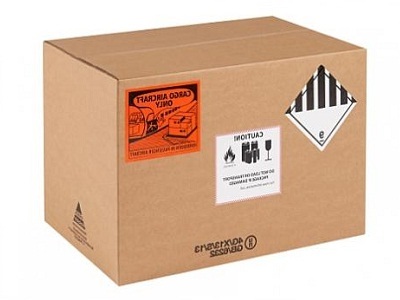How to pack lithium batteries?
1. Make sure that lithium batteries are individually packaged in completely closed inner packaging, such as blister packaging or cardboard to ensure that each battery can be protected;
2. Cover and protect the lithium battery, so as to avoid short circuit or contact with any conductive material in the package, which may cause short circuit;
3. Ensure that the packaging is reliable (that is, verified) to meet any of the testing requirements of Part III, Section 38.3 of the UN Test Manual and Conditions;

4. Make sure the lithium battery is completely covered. Except batteries marked "Built-in equipment";
5. Pack the goods in a sturdy box;
6. Provide correct labels and documents.
The lithium battery packaging requirements are as follows:
1. Clear classification
First, you need to be clear about what kind of dangerous goods your product belongs to. Lithium batteries are classified into category 9: Miscellaneous dangerous goods. Cargoes belonging to this category may pose a threat to human health and safety, the safety of facilities and their means of transport in transit. This classification tells you what documents, labels and markings are needed when shipping this particular product.
2. Packaging is complete
After categorizing your products, it is vital to find a packaging partner to provide the right packaging for your products to help you comply with all regulations. Develop a packaging solution with the packaging supplier and test it repeatedly.
3. Make a mark
If you are using a UN-approved packaging, it must be clearly indicated using appropriate markings in accordance with UN regulations.
4. Labeled
Labels must be placed on a batch of dangerous goods in accordance with regulations. The label includes the UN number and the name of the shipment, which in this case should be "UN3480 Lithium Ion Batteries" and the correct label for the dangerous goods category. Other labels are required in some cases.



